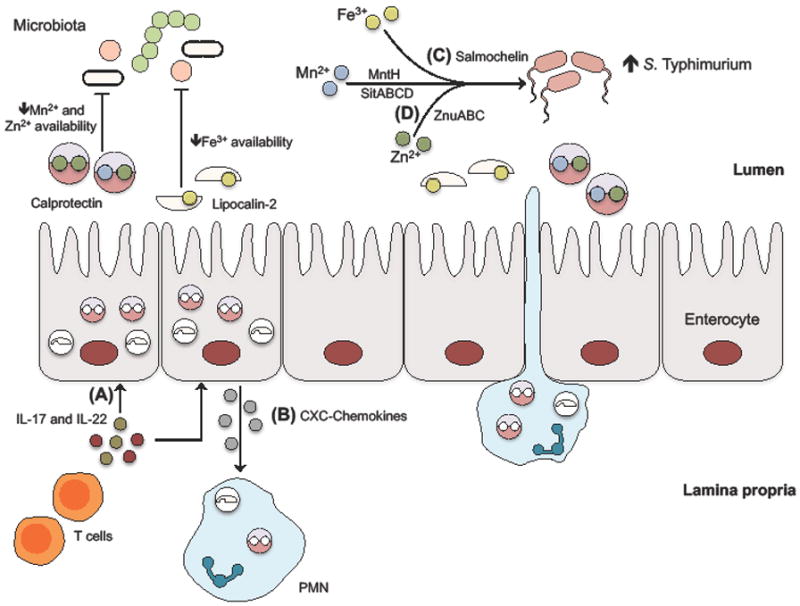Figure 2. Mechanisms of nutritional immunity in the inflamed intestine.

(A) During infection with enteric pathogens, high levels of interleukin (IL)-17 and IL-22 stimulate intestinal epithelial cells to express the antimicrobial protein calprotectin, which sequesters zinc and manganese, and lipocalin-2, which sequesters iron. (B) In addition, IL-17 and IL-22 also stimulate epithelial-dependent CXC-chemokine production, which recruit polymorphonucleaer cells (PMNs) to provide an additional source of lipocalin-2 and calprotectin. Nutrient-limitation by these two antimicrobial proteins restricts growth of the commensal microbiota. (C) However, successful pathogens like S. Typhimurium can overcome iron restriction by producing salmochelin, a “stealth” siderophore that is not bound by lipocalin-2. (D) Moreover, S. Typhimurium encodes high-affinity ZnuABC, MntH, SitABCD transporters to acquire zinc and manganese, which counteracts calprotectin-dependent sequestration of these metals.
